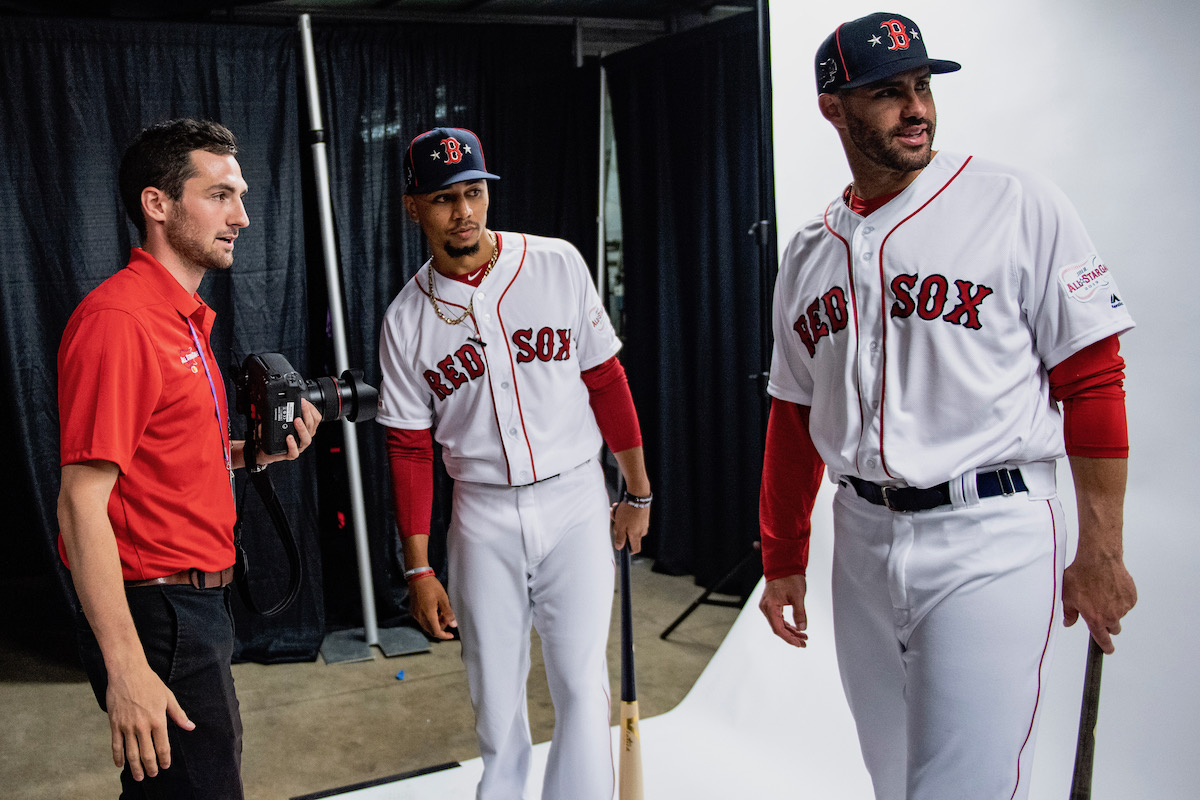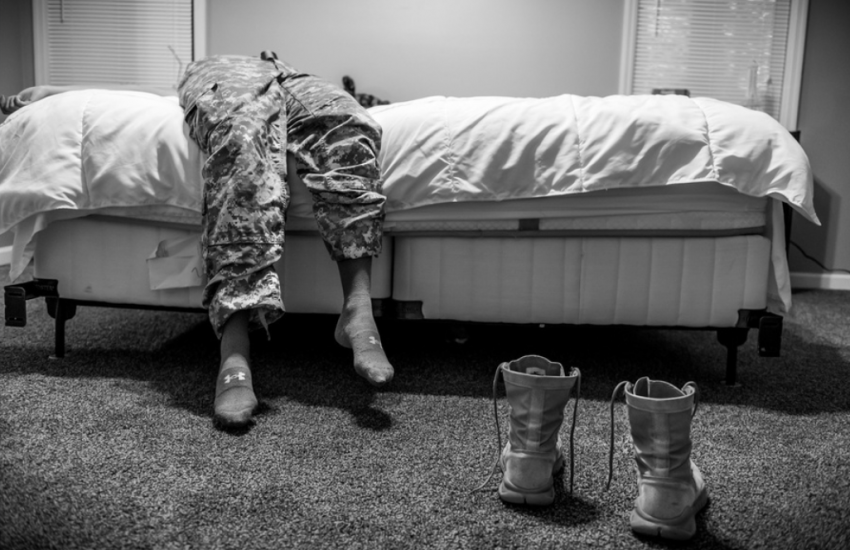How to grow your brand as a photojournalist and commercial photographer
There are ethical and visual distinctions between photojournalism and commercial photography and knowing how to edit photos for each discipline can keep any freelance photographer in business. Adam Glanzman has figured out how to balance both.
At 26, Glanzman has already made a name for himself, publishing much of his photographic work in the New York Times, The Washington Post and TIME Magazine, to name a few. He recently left a staff photographer position at Northeastern University’s news service News@Northeastern to pursue freelancing full time.
Storybench sat down with Glanzman to unpack a few simple lessons that others can learn from his success.
How long have you been shooting photos professionally and what brought you to Northeastern for a master’s?
I’ve been working as a professional since I graduated college, so 2014 – probably five or six years or so at this point.
I went to the University of Michigan and worked at the student newspaper in college, which is how I got started into photography and photojournalism. Working with other students and putting out a daily paper was how I got started with photography.
I was actually already on staff here at News@Northeastern before I joined the Media Innovation program. It looked like a really great opportunity to learn more about digital media and how things are sort of always changing in the industry. I wanted to kind of brush up on some skills and learn new skills to become a stronger journalist.
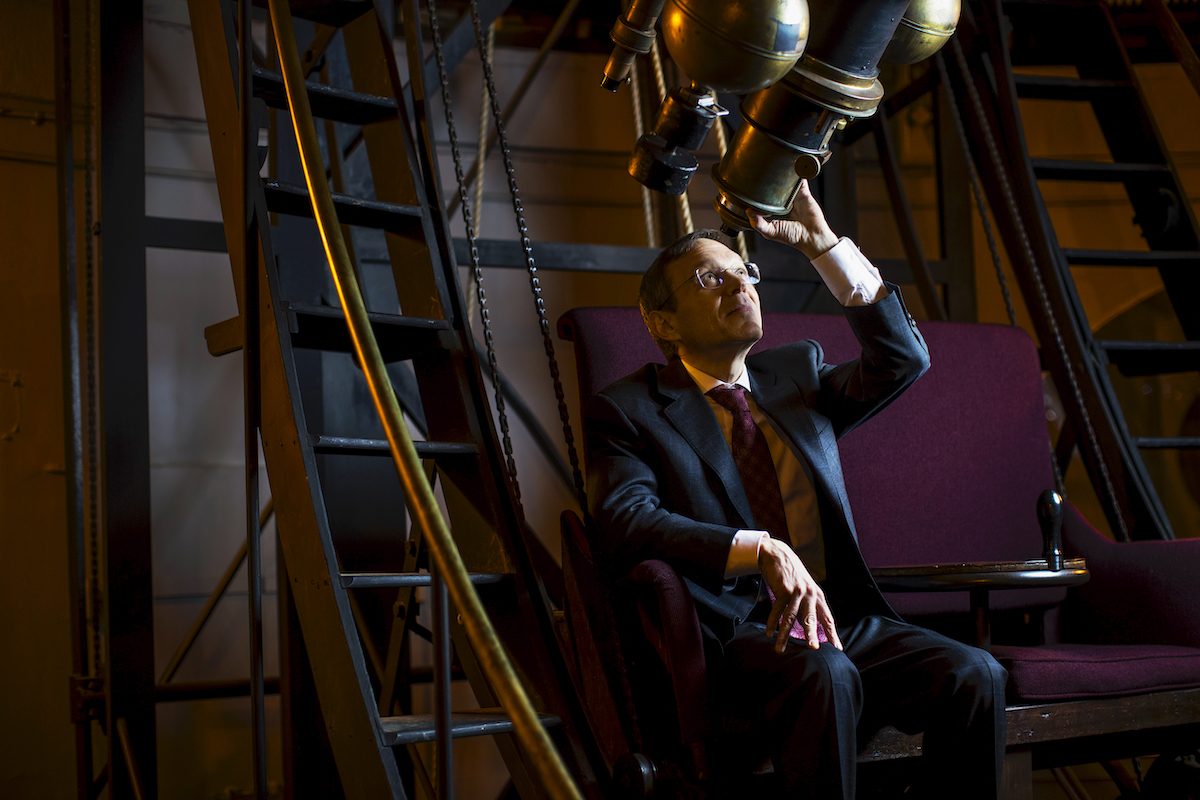
What would you say are some stylistic elements that separate the work of a commercial photographer from a photojournalist?
That’s a good question. A photojournalist is, in my mind, essentially just like any other journalist: You’re looking to tell a story as accurately and concisely as you can, but you’re also working in photo so you want to tell that story in a way that is visually interesting to the readers; as opposed to commercial or marketing photography where you have a story to tell. A photojournalist tells someone else’s story.
Do you think commercial or marketing photography offers you more leeway artistically?
Totally! Obviously with photojournalism there’s a code of ethics that you have to apply to your work, and those same rules don’t apply to commercial photography.
There’s the NPPA Code of Ethics of photojournalists, which [are the standards] photojournalists adhere to. So obviously when you’re shooting for a newspaper or a magazine, or any other publication, you have to adhere to that code of ethics.
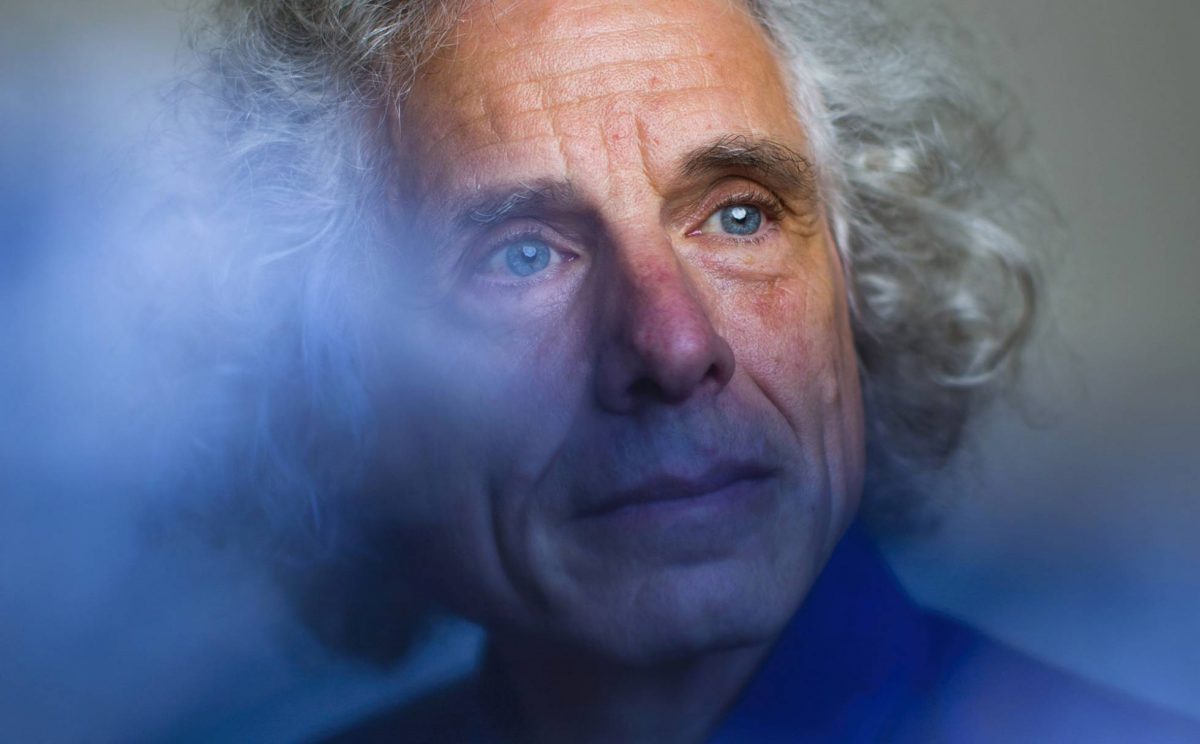
What attributes of your photos do you think help create the tone most, to establish a distinct look to help News@Northeastern stand out?
You know, at News@Northeastern we’ve been given a lot of creative freedom to photograph how we want to photograph, which has been incredible. The whole management team has been supportive of our creative vision, if you will. We’ve been allowed to experiment more and push the boundaries I think then some other places might allow and that’s been a lot of fun.
How are you keeping it fresh? When is it time to start to reimagine how the look of that publication needs to start to shift?
Myself and Matt Modoono, who’s the manager of photography here – also a very talented photographer – work very closely to have a cohesive look to our photos. It’s that bright colorful look we’ve developed over the past couple of years. We’ve bounced ideas off each other and we always look at new work [from other publications].
I always like to look at magazines – Fast Company and Wired – and see what photos they’re running in their pieces. Getting an idea of what else is out there is just super helpful to just brainstorm new ideas for photos and just keeping it fresh. You’re taking photos every day, so you have to think of ways to do it differently.
If we’re feeling kind of stuck or like, “oh three portraits today, how can I make this interesting?” Well, just try a new technique! Try a new lighting set up. Go in the studio and mess around with the lights and try to find a new way to use them than you have in the past. Go online and Google some stuff, read some articles and talk to some other photographers about, “how are you doing things, how are you lighting subjects and what have you been working on lately?” Kind of having your ear to the ground and being in touch with other people’s always helpful to just to keep it fresh.
And you talk to other photojournalists and marketing photographers to get those answers?
Yeah, I wouldn’t say I regularly call people up or anything, but a lot of my friends are photographers. So I’ll talk to them about, “hey what are you working on,” or, “how did you like that portrait,” and just go from there. It’s like a community. People will come to me and ask similar questions and I talk to people about that.
Thinking on your portrait work for Northeastern in particular, can you walk us a little bit through your process? How do you go about working with a client and setting up a shot?
So half of it’s in the studio and half of it’s on location – so in professors’ offices or just any of the buildings around campus.
All of the color stuff is done in camera. We use gels, which are basically just color, translucent paper. We use a lot of these in our photography to get those bright, colorful looks. A lot of our work is just playing around with the lights, shooting into your light source, using multiple lights and just trying to get something bright and different. That’s the look we’re going for.
Sometimes we shoot through [handheld] gels or putting gels on the lights. Sometimes it’s a mix of the two.
What are you looking to show people in a portrait? Obviously you want to give people a sense of detail – that’s every photographer’s job – you want them to know that this professor’s an engineering professor, say. But what do you consider a successful portrait?
I think with any portrait you just want to give a sense of what is this person like. For here, it might just mean answering, “what do they do, what is there job, what is their day to day like?” If you’re photographing scientists, maybe you want to do it in their lab. If you’re working with an astronomer, maybe you want to find a massive telescope.
I think in the university realm it can be work-oriented, but that could change per subject.
You’ve done a lot of freelance for publications like The New York Times. What do you find the editors are asking you to do to make sure that your photos are representing them and their brand well?
When you’re working with a photo editor for publication they will often have ideas for what they want from the shoot. It’s always important to work with them to get a clear idea of what they’re looking for, before going in to the shoot. It could be different for different stories, maybe not so much between publications.
Maybe [the subject is] a farmer or something and using lights wouldn’t make sense for that type of shoot. Or maybe it would, if that’s the look they’re going for.
Also talking to the writer if you’re on a shoot and the writer is there, to get an idea of, “hey what’s the story going to look like? Who are you focusing on here?” You’re not always going to be on assignment with a writer, but if they are there it’s awesome to connect with them ahead of time.
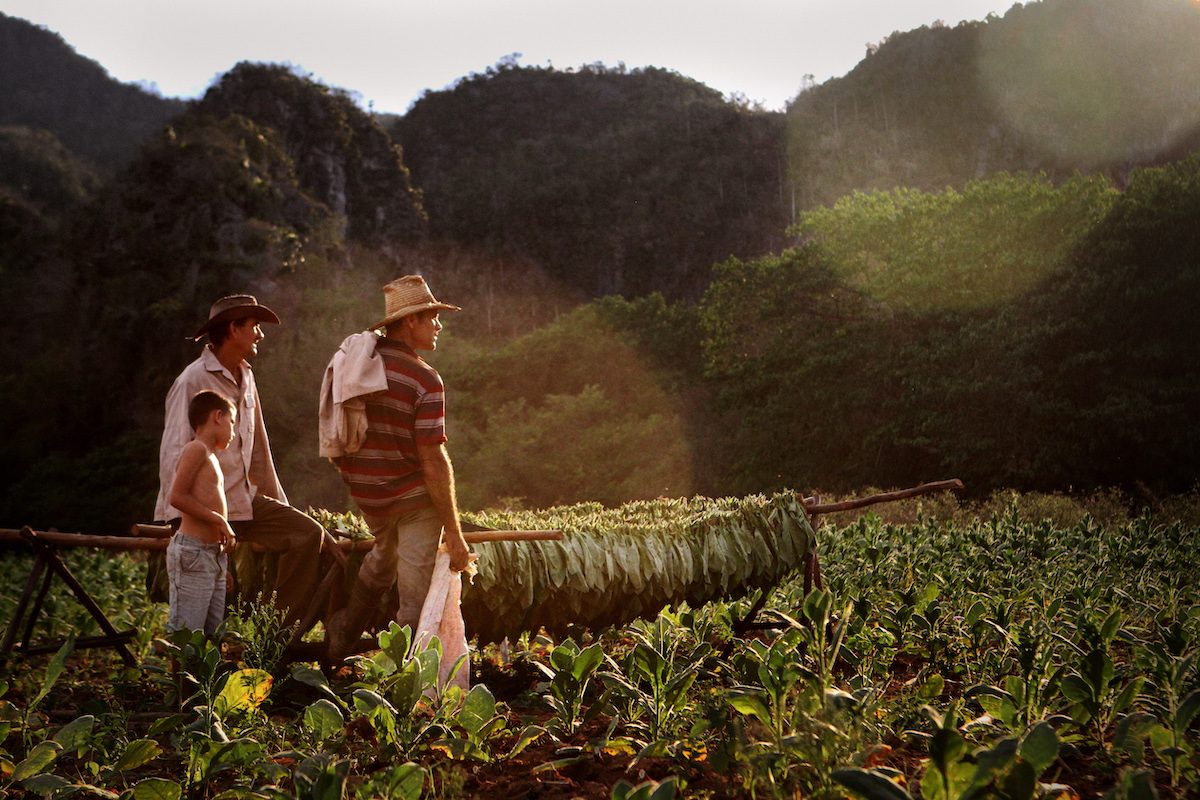
How do you mold your own style and sell your style so you get picked up by these publications, which clearly have their own tone and style?
One of the more important things is to have a distinct style of your own, if possible. Obviously it’s great to be able to photograph anything and shoot everything well. But I think if you have a unique style or look – which I’m not saying I do have – photo editors, when they’re conceptualizing a story, will go, “Oh, I want this look and so and so photographer is the go to person for that, I’ll call them up.”
I think people that are far more successful than me have that kind of recognition for their work and style.
You have a Tumblr account for your website and you’re obviously on Twitter and Instagram. So when you build your portfolio, how do you create a brand for yourself on social media?
In my experience, posting the work that you want to get hired for is important. I shoot a lot of stuff that I don’t post anywhere. It’s not because it’s bad or anything, but maybe it’s not the type of stuff in an ideal world that I want to get hired to shoot.
I don’t have a real hard and fast strategy, but when I’m shooting new work I like to share it.
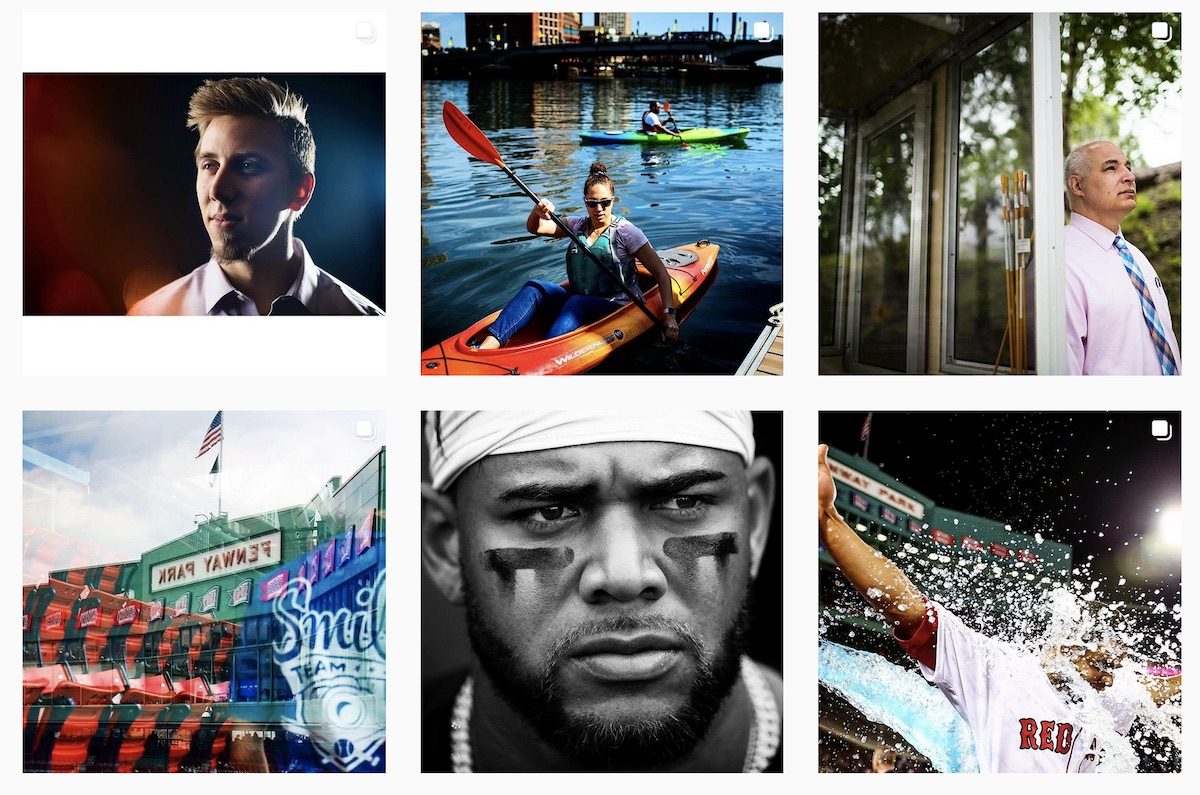
On Instagram you have more than 11,000 followers. That’s pretty impressive. How do you go from zero to a number like that?
I think it’s a lot of sharing, getting it out there quickly and in a timely manner. I use hashtags, which I think has been a way for people to find my work.
When you’re shooting for a big publication, if they share your work with your handle, obviously you’ll get a few followers. But more of it is just using it as a way to interact with other photographers.
I’ve talked to people through Instagram and then later met them at an event we’re both covering. It’s always kind of cool to see how the internet can actually bring people together instead of having you sit alone in a dark room on Instagram on a Friday night. That’s not what would be great in an ideal world.
I think it’s great to make connections with people you otherwise wouldn’t know or talk to.
How often do you shoot for practice? Outside of a story you’re contracted to do, do you make a habit to constantly go out with your camera?
Honestly, right now I haven’t done a lot of “for fun” photographing. If I hear something cool I’ll jot it down in my notepad or something, but it’s definitely cool to detach sometimes and think about something else.
I take photos every day, almost seven days a week a lot of the time. I feel like I’m constantly practicing and trying to get better.
What do you think is the most fulfilling part of this work for you?
Photography is a great way to meet new people and learn new things. It’s always cool to go to a shoot and strike up a conversation and learn something new about them or what they do. It’s definitely a fulfilling career.
Long term, what client or story would you really love to do as a photojournalist?
I think every photographer would love to shoot for the Times or National Geographic. But I’m just kind of continuing to grow that client base.
I did a piece about an arm-wrestler that got up by the Times and I’d like to do more of that.
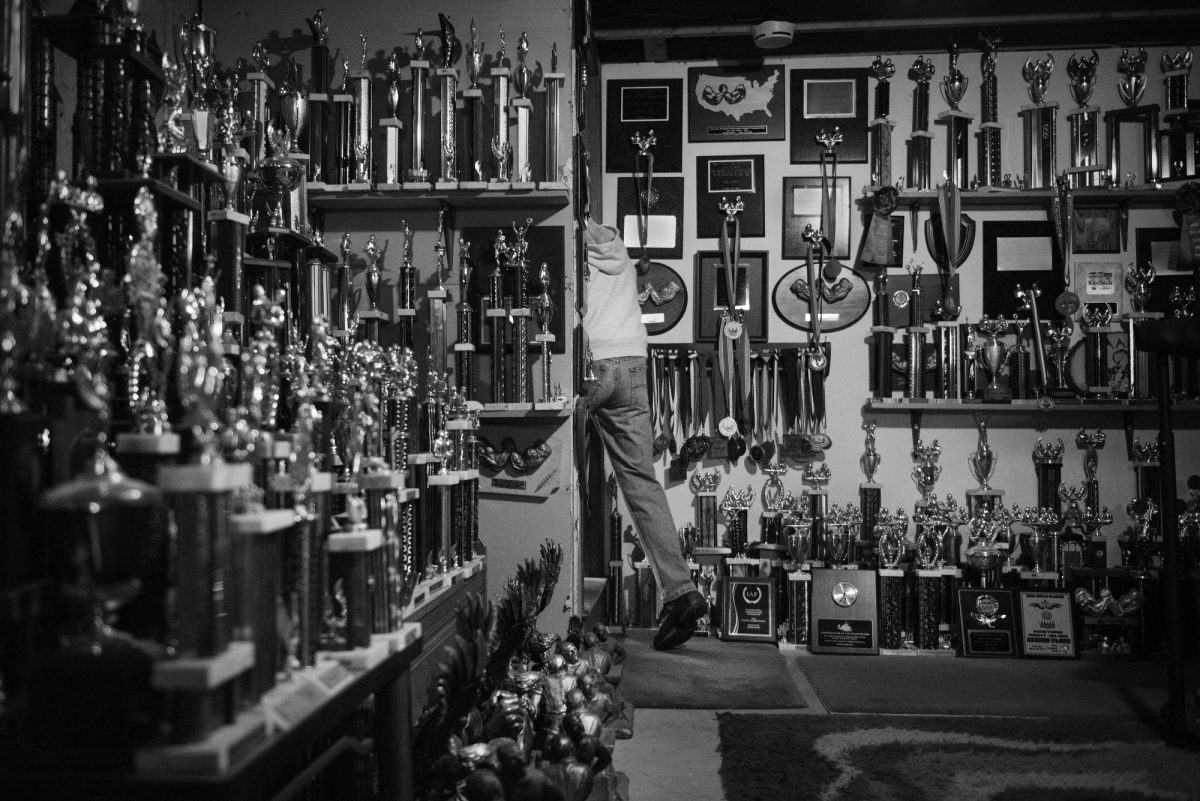
Is there any wisdom you’d impart on photojournalists just starting out, that maybe don’t have the luxury of an in-house studio at Northeastern?
I think the biggest thing for me when I was right out of school was interning at TIME Magazine where I was doing photo editing. I was looking at thousands of photos every single day, trying to pick the best ones for the stories. Just looking at photographs constantly helped me see that this is a good photo and that’s not such a great one, and then applying those things to my own photography – seeing what I did and didn’t like and just going from there.
And honestly, just taking photos regularly was huge. If you’re not taking photos, you’re not really going to get much better. So go out there and take photos and make something different, even if it feels like kind of a struggle.
That’s why Instagram is so great now too, because when I was in college there was Instagram, but people weren’t using it in a professional way. Now, anyone that wants to be a photographer can just go on Instagram and find amazing work super quick and you can talk to these people – you can shoot them a message if you want. If you approach it the write way, most people would be happy to talk to you. People are happy to help when they can.
Would you say that you’ve seen a giant leap in your professional portfolio since graduating college and now Northeastern?
In college I was a terrible photographer. I didn’t study photography or journalism in undergrad. It was sort of a side thing, but I really tried to make it my career. You’re working on it constantly – always taking photos, always looking at photos.
All photos courtesy of Adam Glanzman. Cover photo: Glanzman setting up a shoot with Boston Red Sox players Mookie Betts (left) and J.D. Martinez.
- Emily Atkin is pissed off about climate change. Her new newsletter Heated says we all should be - October 1, 2019
- How to grow your brand as a photojournalist and commercial photographer - August 1, 2019
- Six digital skills all new journalists should consider learning and a road map to unlocking them - July 15, 2019
